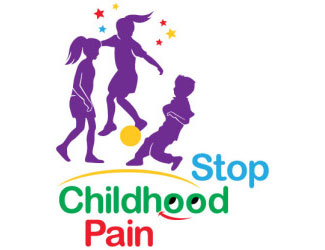Gabapentin (Neurontin®) or pregabalin (Lyrica®)
.
Gabapentin (Neurontin®) or pregabalin (Lyrica ®) are anti-epileptic drugs that are frequently used for neuropathic pain, such as prolonged pain after a case of shingles or nerve injury due to diabetes. There are also several other anti-epileptics, such as carbamazepine (Tegratol ®), that have been tried in chronic pain syndromes, but they are less frequently used. Lyrica ® is not presently approved for use in children.
A systematic review of both gabapentin and pregabalin in adult patients with fibromyalgia concluded that gabapentin was not very useful, but that pregabalin was likely effective. The caveat was that effectiveness was defined as only a 30% or more reduction in pain. Additionally, a quarter of patients had significant side effects requiring it to be stopped. A separate study showed that 1 out of 11 patients with fibromyalgia benefitted from pregabalin.
Young people (up to age 24 years) taking gabapentin or pregabalin are at an increased risk for suicide in the first few months and need to be monitored closely.
Common side effects include:
- Dizziness
- Drowsiness
- Dry mouth
- Weight gain
- Edema (swelling)
- Vision problems
- Muscle pain
- Behavioral changes (hostility, anxiety, panic attacks, depression)
- Tzellos TG, Toulis KA, Goulis DG, et al. Gabapentin and pregabalin in the treatment of fibromyalgia: a systematic review and a meta-analysis. Journal of Clinical Pharmacy & Therapeutics 2010;35:639-56.
- Wheeler DS, Vaux KK, Tam DA. Use of gabapentin in the treatment of childhood reflex sympathetic dystrophy. Pediatric Neurology 2000;22:220-1.
- Moore RA, Straube S, Wiffen PJ, Derry S, McQuay HJ. Pregabalin for acute and chronic pain in adults. Cochrane Database of Systematic Reviews 2009:CD007076.
- Roskell NS, Beard SM, Zhao Y, Le TK. A meta-analysis of pain response in the treatment of fibromyalgia. Pain Practice 2011;11:516-27.
